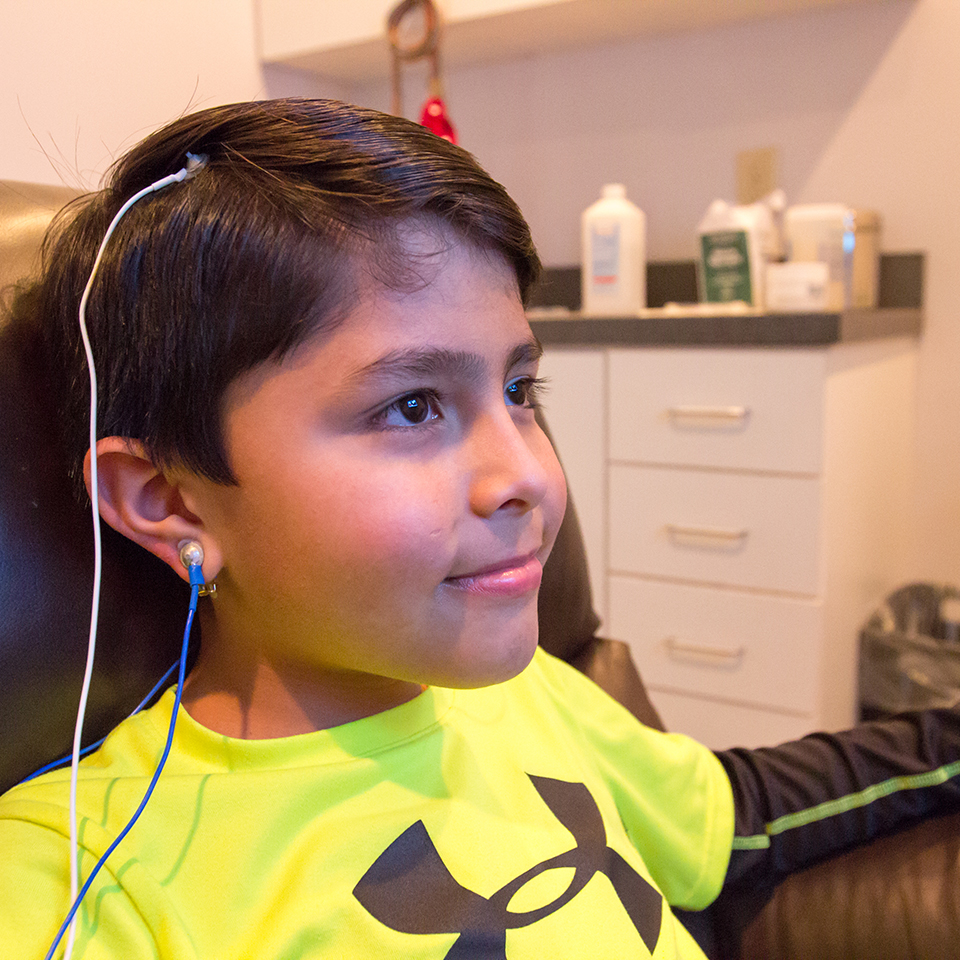
qEEG entails placing small electrodes on the scalp to capture cerebral oscillations. These cerebral waves are then analyzed to identify trends that may suggest sleep conditions, including sleep apnea. By analyzing these patterns, healthcare professionals can obtain a more precise understanding of how sleep apnea interrupts normal brain activity during sleep. This data can be essential for formulating efficient therapeutic plans tailored to specific clients. Comprehending the relationship between qEEG and sleep apnea can result to improved diagnostic methods and better results for those affected by this disorder.
Studies has demonstrated that people with sleep apnea often display specific changes in their brain wave patterns. For example, during episodes of apnea, the brain may show increased function in specific areas while additional regions become less active. These changes can affect how well a person sleeps and how rested they feel upon awakening. By using qEEG to track these cerebral oscillation trends, doctors can recognize particular traits of sleep apnea in clients, which can assist in formulating a more precise identification. This is particularly crucial because sleep apnea can occasionally be confused for other sleep disorders, leading to inappropriate treatments.
In addition to enhancing identification, qEEG can also serve a part in assessing the efficacy of therapies for sleep apnea. For example, after a client starts employing a continuous positive airway pressure (CPAP) machine, which helps keep the passage clear during slumber, qEEG can be utilized to evaluate alterations in cerebral function. If the brain shows improved trends of slumber after initiating treatment, it may suggest that the treatment is functioning well. This feedback can help doctors make necessary adjustments to therapeutic strategies, guaranteeing that clients obtain the optimal treatment feasible.
Overall, the connection between qEEG and sleep apnea patterns is an exciting area of study that offers promise for enhancing diagnosis and treatment. By comprehending how sleep apnea impacts cerebral activity, medical providers can formulate more efficient approaches to assist patients achieve better sleep and improve their overall health. As studies progresses to advance, it is probable Visit Website that qEEG will become an essential tool in the fight against sleep apnea, resulting to superior results for those who experience from this challenging condition.